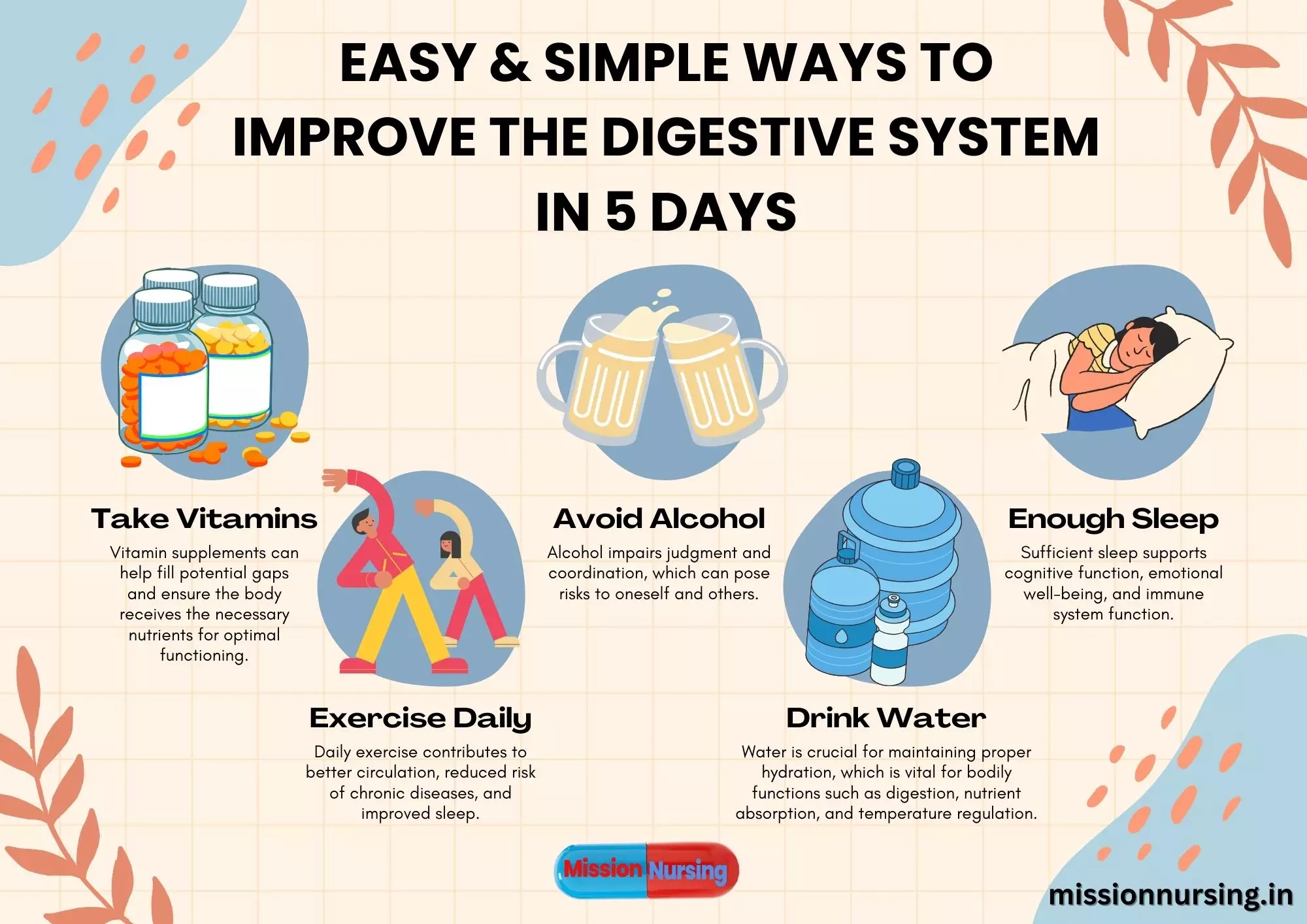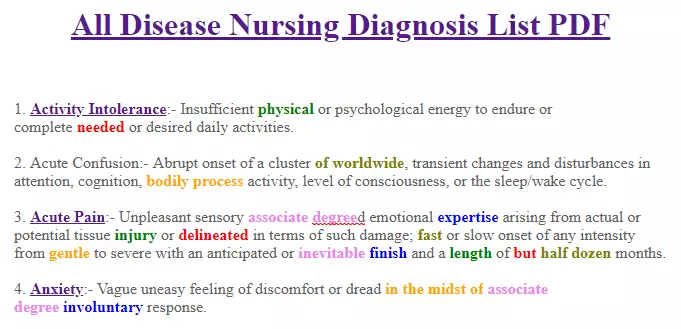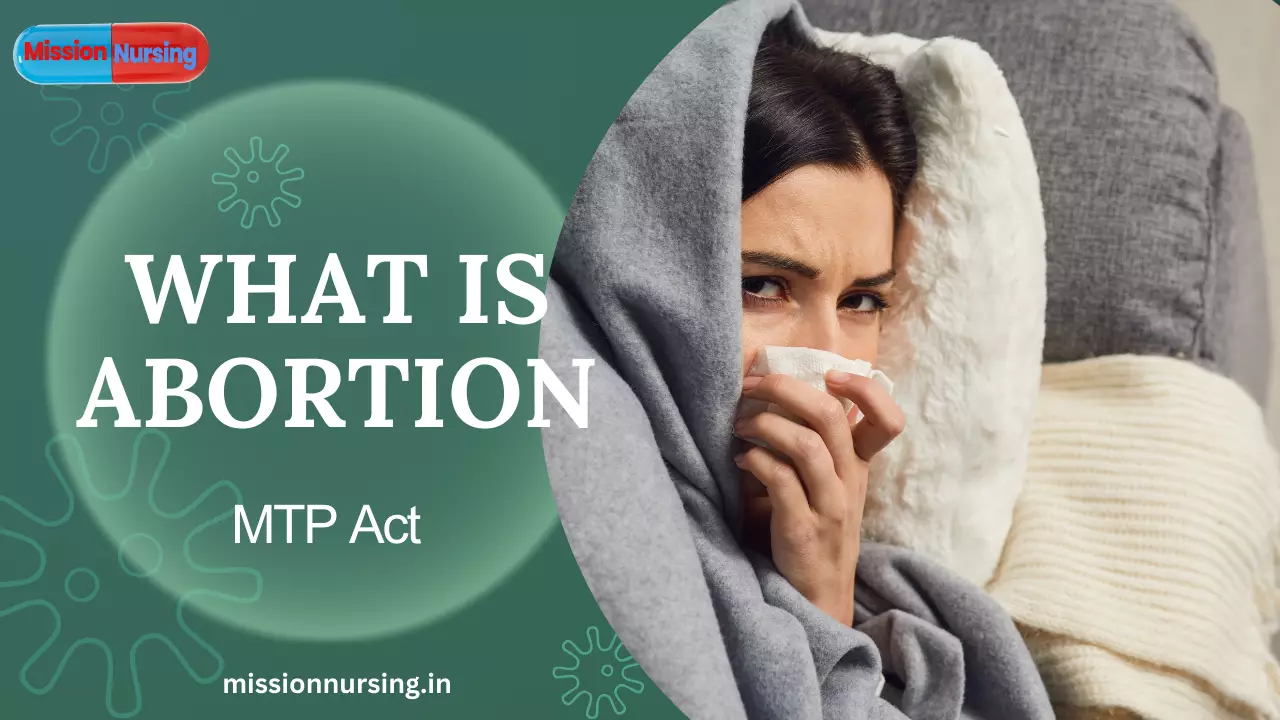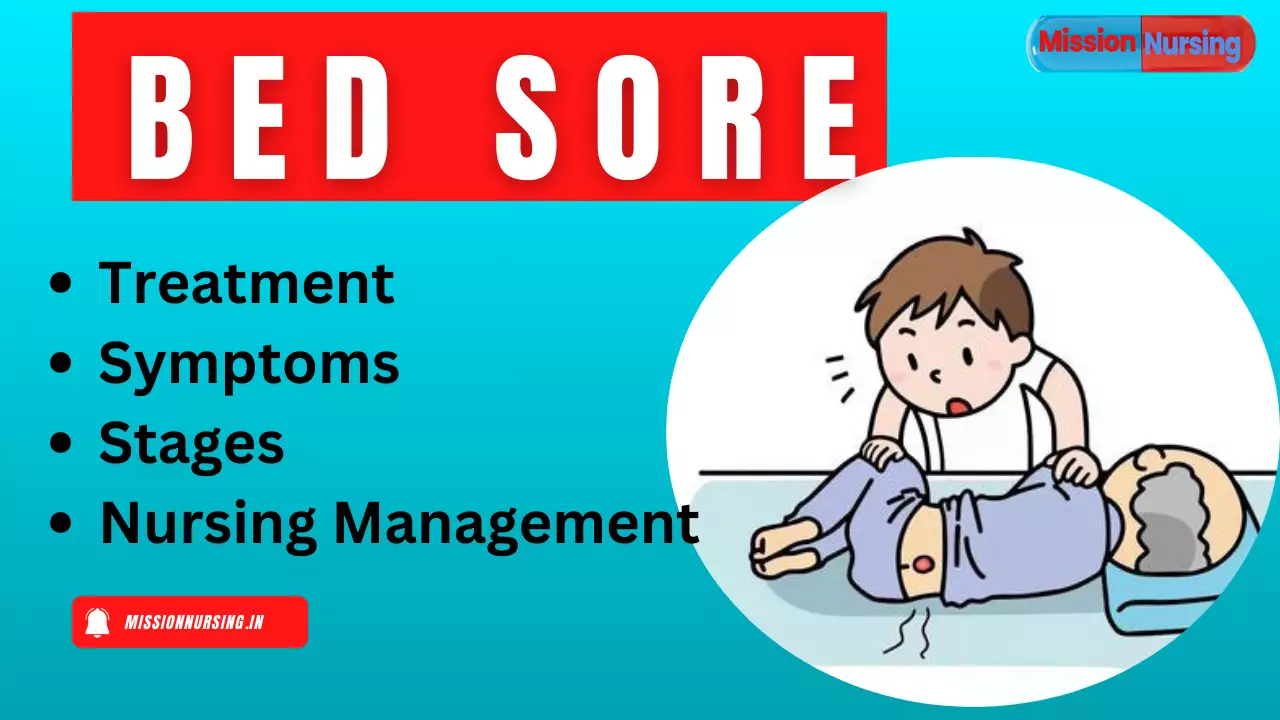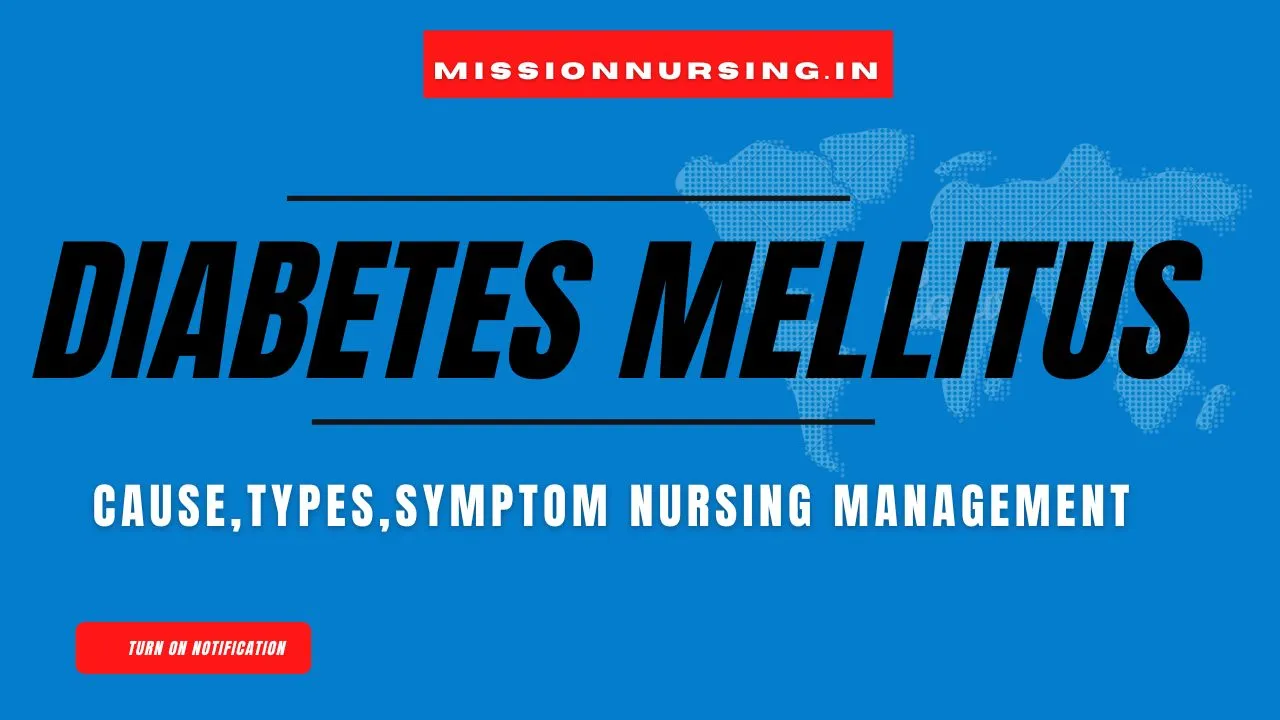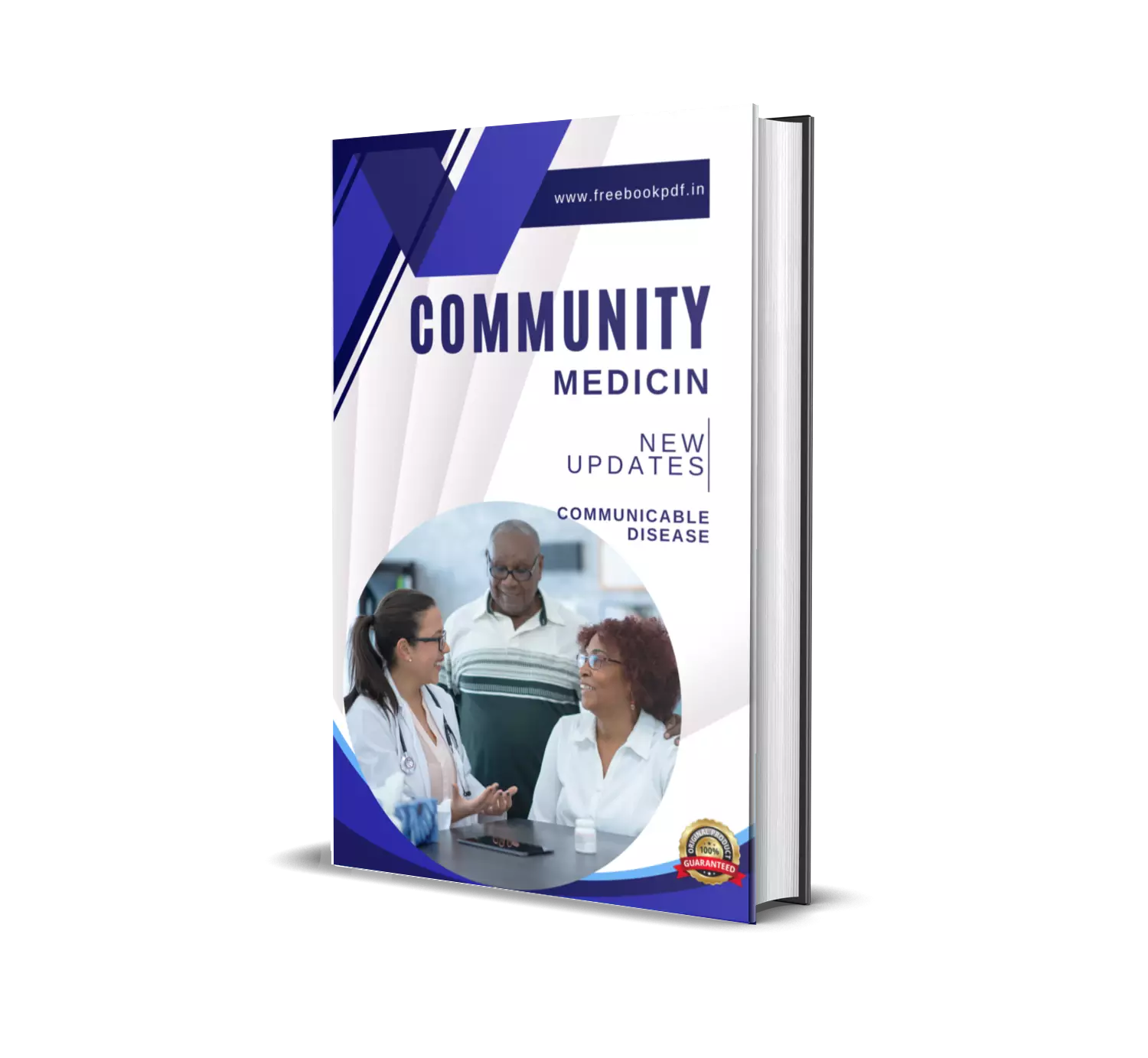biomedical waste management
Hospital biomedical waste is waste that is generated from the medical, surgical, laboratory etc facilities. Hospital waste is capable of causing infectious diseases, so hospital waste management is essential. Hospital waste management means – using various techniques to manage hospitalized waste material to prevent the spread of disease through.
eg:- some diseases like – hepatitis B, HIV, etc. are transmitted through hospital waste.
Biomedical waste management is essential to minimize nosocomial infections in hospital health workers and patients.
Biomedical waste categories
- Category No. 1 = Human anatomical waste.
- Category No. 2 = Animal waste.
- Category No. 3 = Microbiology and biotechnology waste.
- Category No. 4 = Sharps waste material.
- Category No. 5 = Discarded medicine and cytotoxic drugs.
- Category No. 6 = Soiled waste.
- Category No. 7 = Solid waste material.
- Category No. 8 = Liquid waste.
- Category No. 9 = Incineration waste.
- Category No. 10 = Chemical waste.
Hospital waste management according to the color coding
- Yellow container
Human anatomical waste, animal waste, biopsy tissue, granulation tissue, soiled waste, dressing waste, discarded medicine, and cytotoxic waste.
- Category of waste – 1,2,5,6
- This type of waste is treated by incineration.
- Red container
Syringe without needles, catheters, IV tubes, soiled gloves etc.
- Blue container
Glass, vials, ampules, and other sharp glass materials are discarded in the blue container.
- White puncture-proof container
Needles, blades and some sharp object discard in the white box.
- Black container
Vegetables, fruits, disposable Cape, tea or milk disposable cups, dust, kitchen waste, medicine packets, leftovers etc are discarded in the black container. The black container is usable for non-biomedical waste.
Universal Precautions in Biomedical waste management
Universal precaution follows is very essential to prevent the spread of Infection through hospital waste.
Always wear personal protective equipment while carrying infectious body fluid and investing in them.
PPE are – gown, gloves, mask, goggles, face Shields, shoes cover, hair caps etc.
Body fluid and bloody fluids are placed in the leakproof container.
Before and after procedure – follow hand washing.
Safely use and disposal of the needle and sharp objects.
To promote the cleaning up of the blood and body fluid spills.
Safely collect and dispose of hospital waste.
It is a standard level of infection control precaution.
Provide education and training about universal precautions.
how to Segregation of waste biomedical waste
- Segregation of waste is important prior to treatment and disposal of waste.
- Waste segregation means – separating or dividing the waste at the point of origin.
- It is important to separate the infectious waste from non-infectious waste.
- The infectious waste are – blood and body fluids, body excretory waste, microbiological waste, sharp pathological waste, contaminatory laboratory waste, sample chemical waste etc.
- Waste segregation uses the covered containers, those were well described above for eg:- yellow or red container used for infectious waste and black container used for the non-infectious waste.
Hospital waste treatment and disposal
- Waste treatment
- Incineration
- Incineration means burning the waste at high temperature.
- It reduces the organic and combustible waste to inorganic incombustible matter.
- It uses a double chamber incinerator that consists of 2 chambers.
- In one chamber, waste is burned at 800° C temperature and another chamber waste is burned at 1000° C temperature.
- Incineration is useful for following waste – body part, animal waste, solid dressing and microbiological waste.
- Most common disadvantage is – producing high toxic gases.
- Autoclaving
- Autoclaving is a sterilization method which uses high steam pressure.
- Autoclaves include 121° C temperature, 15 pound pressure for 30 minutes.
- The procedure is useful for microbiological waste, blood and blood products, body fluids and used sharps.
- The method is not recommended for the pathological waste.
- Chemical treatment
- Some chemicals are added to waste to kill or inactivate the pathogen in it.
- The chemical treatment ensures disinfection.
- Following chemicals are used – sodium hypochlorite, formaldehyde, glutaraldehyde etc.
- A good disinfectant is a bleach (10 gm of bleach in 1 litre of water).
- Other chemical disinfects are also use
- Ethanol 70%
- Hydrogen peroxide 6% for 30 minute.
- Glutaraldehydes 2% for 30 minutes etc.
- Disposal
- Land feeling or deep burial and sewage are used for disposal.
- Land filling or deep burial used to dispose of infectious waste.
- Liquid waste is disposed of in the sewage drains.
- Incineration is also a method of disposal.









